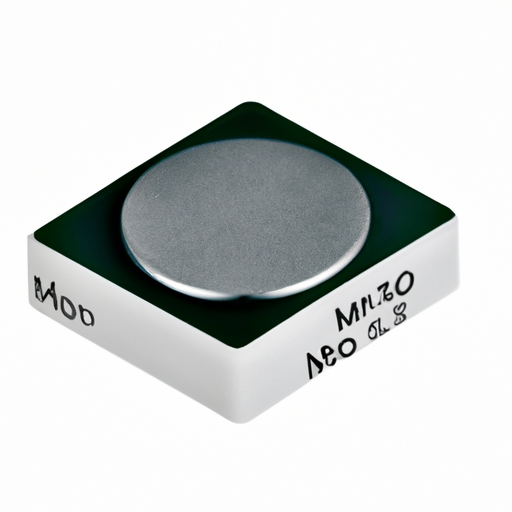Core Functional Technologies of Optical Motion Sensors
| 1. Infrared (IR) Sensors | |
| 2. Light Detection and Ranging (LiDAR) | |
| 3. Camera-Based Motion Detection | |
| 4. Ultrasonic Sensors | |
| 5. Optical Flow Sensors | |
| 1. Home Automation | |
| 2. Robotics | |
| 3. Wearable Technology | |
| 4. Industrial Automation | |
| 5. Gaming and Virtual Reality | |
Application Development Cases
Integration with MM74HC165N

The MM74HC165N, a parallel-in, serial-out shift register, can be effectively integrated with optical motion sensors to facilitate data collection and processing. Here’s how:
- Data Acquisition: Optical motion sensors output digital signals indicating motion detection. These signals can be fed into the MM74HC165N, which converts parallel data from multiple sensors into a serial format, making it easier for microcontrollers or other digital systems to process the information.
- Control Systems: The shift register can be utilized to control multiple outputs based on the input from optical motion sensors. This capability enables the development of complex control systems in automation and robotics, allowing for coordinated responses to detected motion.
- Signal Conditioning: The MM74HC165N can help manage signals from various optical sensors, ensuring that the data is clean and reliable for further processing. This is particularly important in applications where accurate motion detection is critical.
Conclusion
Optical motion sensors are versatile devices with a wide range of applications across various industries, including home automation, robotics, industrial automation, and healthcare. By integrating these sensors with components like the MM74HC165N, developers can create efficient and effective systems for motion detection, automation, and user interaction. The ongoing advancements in sensor technology and data processing will continue to enhance the capabilities and applications of optical motion sensors, paving the way for innovative solutions in the future.
Core Functional Technologies of Optical Motion Sensors
| 1. Infrared (IR) Sensors | |
| 2. Light Detection and Ranging (LiDAR) | |
| 3. Camera-Based Motion Detection | |
| 4. Ultrasonic Sensors | |
| 5. Optical Flow Sensors | |
| 1. Home Automation | |
| 2. Robotics | |
| 3. Wearable Technology | |
| 4. Industrial Automation | |
| 5. Gaming and Virtual Reality | |
Application Development Cases
Integration with MM74HC165N

The MM74HC165N, a parallel-in, serial-out shift register, can be effectively integrated with optical motion sensors to facilitate data collection and processing. Here’s how:
- Data Acquisition: Optical motion sensors output digital signals indicating motion detection. These signals can be fed into the MM74HC165N, which converts parallel data from multiple sensors into a serial format, making it easier for microcontrollers or other digital systems to process the information.
- Control Systems: The shift register can be utilized to control multiple outputs based on the input from optical motion sensors. This capability enables the development of complex control systems in automation and robotics, allowing for coordinated responses to detected motion.
- Signal Conditioning: The MM74HC165N can help manage signals from various optical sensors, ensuring that the data is clean and reliable for further processing. This is particularly important in applications where accurate motion detection is critical.
Conclusion
Optical motion sensors are versatile devices with a wide range of applications across various industries, including home automation, robotics, industrial automation, and healthcare. By integrating these sensors with components like the MM74HC165N, developers can create efficient and effective systems for motion detection, automation, and user interaction. The ongoing advancements in sensor technology and data processing will continue to enhance the capabilities and applications of optical motion sensors, paving the way for innovative solutions in the future.







